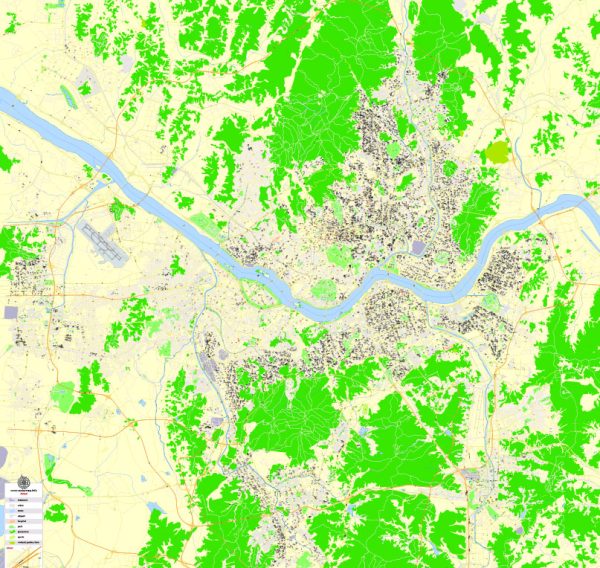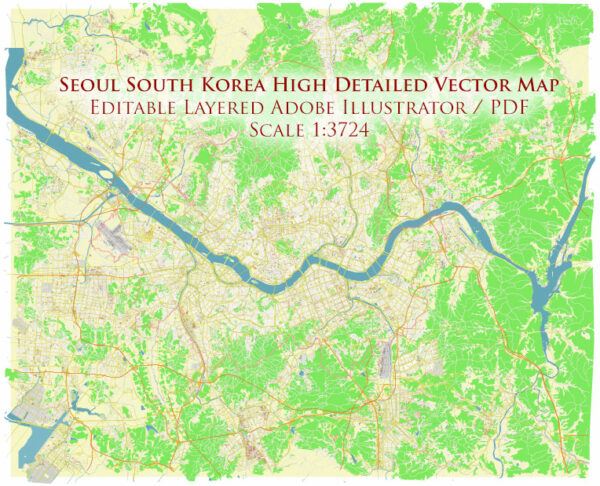Seoul, the capital and largest city of South Korea, has a rich history of urban development that spans over two thousand years. The city’s evolution reflects the broader historical and cultural changes in the Korean Peninsula. Here is a brief overview of Seoul’s history of urban development:
- Ancient Seoul (18 BCE – 1394 CE):
- Baekje Kingdom: The area that is now Seoul has a history dating back to the Baekje Kingdom (18 BCE – 660 CE). The city, known as Wiryeseong at the time, served as the capital of Baekje.
- Goryeo Dynasty: In the 10th century, the Goryeo Dynasty (918-1392) established itself and expanded the city. The Goryeo capital, known as Gaegyeong, played a crucial role in the cultural and economic development of the region.
- Joseon Dynasty (1392-1897):
- Foundation of Hanyang: In 1394, during the early years of the Joseon Dynasty, King Taejo relocated the capital to Hanyang (present-day Seoul). The city was designed following Confucian principles, with a palace at the center surrounded by government offices, aristocratic residences, and markets.
- Expansion and Growth: Over the centuries, Seoul continued to expand, and the city’s layout underwent several modifications. The construction of important landmarks like Gyeongbokgung Palace and Changdeokgung Palace contributed to the city’s prominence.
- Japanese Occupation (1910-1945):
- Modernization: During the Japanese occupation, Seoul underwent significant changes influenced by Japanese colonial policies. Modern infrastructure, including roads and railways, was introduced, and some traditional structures were replaced with more modern buildings.
- Post-World War II Era and Korean War (1945-1953):
- Destruction and Reconstruction: The Korean War (1950-1953) caused extensive damage to Seoul. After the war, efforts were made to reconstruct the city, with support from the international community. The 1950s and 1960s saw rapid urbanization and industrialization.
- Rapid Economic Development (1960s-1990s):
- Urbanization: Seoul experienced rapid population growth and urbanization during the 1960s and 1970s, driven by the country’s economic development. The city expanded outward, and new infrastructure, including highways and apartment complexes, was developed.
- Olympics and Globalization: The 1988 Seoul Summer Olympics played a crucial role in transforming the city’s image globally. The event spurred further urban development and modernization, enhancing Seoul’s status as a global city.
- Contemporary Seoul (1990s-Present):
- Technological Advancements: Seoul has become a hub for technology and innovation, with the rise of companies like Samsung and LG. The city has embraced digital technology, leading to the development of smart infrastructure and services.
- Green Spaces and Cultural Centers: Efforts have been made to create green spaces and preserve cultural heritage, with projects such as the Cheonggyecheon Stream restoration and the construction of cultural complexes like Dongdaemun Design Plaza.
Seoul’s history of urban development reflects a dynamic interplay between tradition and modernity, with the city continually evolving to meet the needs of its residents and the demands of a changing global landscape.



 Author: Kirill Shrayber, Ph.D.
Author: Kirill Shrayber, Ph.D.